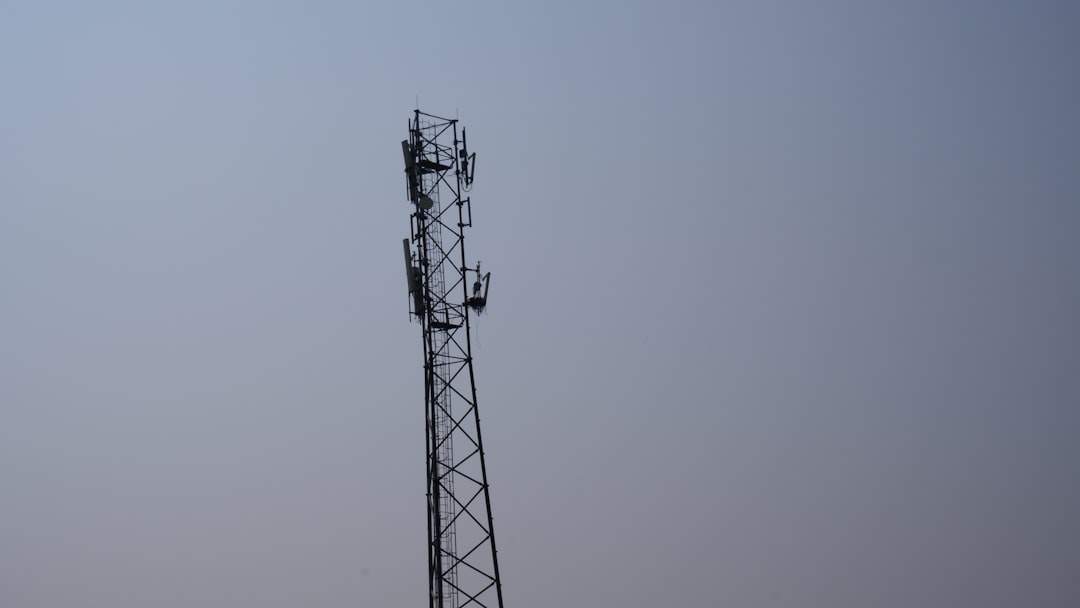As we navigate an increasingly digital world, it’s easy to take our smartphones’ lightning-fast internet speeds for granted. But have you ever stopped to wonder how we got here? The journey from the early days of 2G to today’s cutting-edge 4G networks is a fascinating tale of network evolution and technological innovation. Let’s dive into the key differences between 2G, 3G, and 4G, explore their frequency bands, and discover how each generation has revolutionised our connected lives.
Buy Airtel Postpaid with exciting benefits!
Understanding 2G: The Dawn of Digital
When 2G networks first emerged in the early 1990s, they marked a significant leap from analog to digital cellular technology. Operating primarily on the 900 MHz and 1800 MHz frequency bands, 2G introduced features like SMS text messaging and basic mobile web browsing. However, with internet speeds capped at around 50 kbps, 2G was more suited for voice calls and simple data tasks.
Key Features of 2G
-
Digital voice calls
-
SMS text messaging
-
Basic mobile web browsing
-
Data speeds up to 50 kbps
-
Frequency bands: 900 MHz, 1800 MHz
The Rise of 3G: Faster Speeds, Richer Media
As demand for mobile internet grew, 3G networks arrived on the scene in the early 2000s. Operating on the 2100 MHz frequency band, 3G brought significant improvements in internet speed, with downloads reaching up to 42 Mbps. This enabled users to enjoy richer media experiences, such as video streaming and mobile gaming.
Advantages of 3G over 2G
-
Faster data speeds (up to 42 Mbps)
-
Enhanced multimedia capabilities
-
Improved network capacity
-
Global roaming support
-
Frequency band: 2100 MHz
4G: The Game-Changer
Introduced in the late 2000s, 4G networks have revolutionised the way we use our mobile devices. With internet speeds ranging from 100 Mbps to 1 Gbps, 4G has enabled seamless video streaming, high-quality video calls, and fast downloads. Operating on a variety of frequency bands, including 700 MHz, 1800 MHz, and 2300 MHz, 4G networks offer superior coverage and capacity compared to their predecessors.
Key Benefits of 4G
-
Ultra-fast data speeds (100 Mbps – 1 Gbps)
-
Low latency for real-time applications
-
Enhanced spectral efficiency
-
Support for HD voice and video calls
-
Frequency bands: 700 MHz, 1800 MHz, 2300 MHz
2G vs 3G vs 4G: A Network Comparison
To better understand the 2G, 3G, 4G difference, let’s look at a side-by-side comparison of their key characteristics:
|
Feature |
2G |
3G |
4G |
|---|---|---|---|
|
Speed |
Up to 50 kbps |
Up to 42 Mbps |
100 Mbps – 1 Gbps |
|
Latency |
High |
Medium |
Low |
|
Frequency Bands |
900 MHz, 1800 MHz |
2100 MHz |
700, 1800, 2300 MHz |
|
Applications |
Voice calls, SMS |
Video streaming, gaming |
HD video, real-time apps |
As this network comparison illustrates, each generation of mobile networks has brought significant advancements in speed, capacity, and functionality. While 2G laid the foundation for digital cellular communication, 3G and 4G have transformed our smartphones into powerful, always-connected devices.
Choosing the Right Network for Your Needs
When selecting a mobile network provider, it’s essential to consider factors like coverage, speed, and pricing. In India, Airtel Postpaid plans offer a compelling combination of extensive 4G coverage, fast data speeds, and attractive benefits. With plans tailored to various needs and budgets, Airtel ensures you can enjoy the best of today’s mobile networks without compromising on quality or affordability.
As we look ahead to the future of mobile connectivity, one thing is clear: the evolution of 2G, 3G, and 4G networks has laid the groundwork for a more connected, innovation-driven world. By understanding the differences between these technologies and their frequency bands, we can better appreciate the incredible progress we’ve made and the exciting possibilities that lie ahead.



